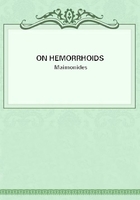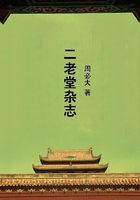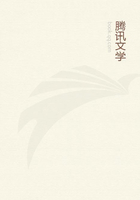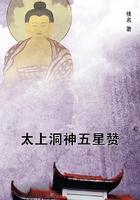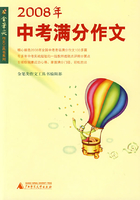When I mentioned to my companions my astonishment at this influence over inanimate matter- while owning that, in our world, I had witnessed phenomena which showed that over certain living organisations certain other living organisations could establish an influence genuine in itself, but often exaggerated by credulity or craft- Zee, who was more interested in such subjects than her father, bade me stretch forth my hand, and then, placing it beside her own, she called my attention to certain distinctions of type and character. In the first place, the thumb of the Gy (and, as I afterwards noticed, of all that race, male or female) was much larger, at once longer and more massive, than is found with our species above ground. There is almost, in this, as great a difference as there is between the thumb of a man and that of a gorilla. Secondly, the palm is proportionally thicker than ours- the texture of the skin infinitely finer and softer- its average warmth is greater. More remarkable than all this, is a visible nerve, perceptible under the skin, which starts from the wrist skirting the ball of the thumb, and branching, fork-like, at the roots of the fore and middle fingers. "With your slight formation of thumb," said the philosophical young Gy, "and with the absence of the nerve which you find more or less developed in the hands of our race, you can never achieve other than imperfect and feeble power over the agency of vril; but so far as the nerve is concerned, that is not found in the hands of our earliest progenitors, nor in those of the ruder tribes without the pale of theVril-ya. It has been slowly developed 73in the course of generations, commencing in the early achievements, and increasing with the continuous exercise, of the vril power; therefore, in the course of one or two thousand years, such a nerve may possibly be engendered in those higher beings of your race, who devote themselves to that paramount science through which is attained command over all the subtler forces of nature permeated by vril. But when you talk of matter as something in itself inert and motionless, your parents or tutors surely cannot have left you so ignorant as not to know that no form of matter is motionless and inert: every particle is constantly in motion and constantly acted upon by agencies, of which heat is the most apparent and rapid, but vril the most subtle, and, when skilfully wielded, the most powerful. So that, in fact, the current launched by my hand and guided by my will does but render quicker and more potent the action which is eternally at work upon every particle of matter, however inert and stubborn it may seem. If a heap of metal be not capable of originating a thought of its own, yet, through its internal susceptibility to movement, it obtains the power to receive the thought of the intellectual agent at work on it; by which, when conveyed with a sufficient force of the vril power, it is as much compelled to obey as if it were displaced by a visible bodily force. It is animated for the time being by the soul thus infused into it, so that one may almost say that it lives and reasons. Without this we could not make our automata supply the place of servants.
I was too much in awe of the thews and the learning of the young Gy to hazard the risk of arguing with her. I had read somewhere in my schoolboy days that a wise man, disputing with a Roman Emperor, suddenly drew in his horns; and when the emperor asked him whether he had nothing further to say on his side of the question, replied, "Nay, Caesar, there is no arguing against a reasoner who commands ten legions." 74 Though I had a secret persuasion that, whatever the real effects of vril upon matter, Mr. Faraday could have proved her a very shallow philosopher as to its extent or its causes, I had no doubt that Zee could have brained all the Fellows of the Royal Society, one after the other, with a blow of her fist.Every sensible man knows that it is useless to arguewith any ordinary female upon matters he comprehends; but to argue with a Gy seven feet high upon the mysteries of vril,- as well argue in a desert, and with a simoon!
Amid the various departments to which the vast building of the College of Sages was appropriated, that which interested me most was devoted to the archaeology of the Vril-ya, and comprised a very ancient collection of portraits. In these the pigments and groundwork employed were of so durable a nature that even pictures said to be executed at dates as remote as those in the earliest annals of the Chinese, retained much freshness of colour. In examining this collection, two things especially struck me:- first, that the pictures said to be between 6000 and 7000 years old were of a much higher degree of art than any produced within the last 3000 or 4000 years; and, second, that the portraits within the former period much more resembled our own upper world and European types of countenance. Some of them, indeed reminded me of the Italian heads which look out from the canvases of Titian- speaking of ambition or craft, of care or of grief, with furrows in which the passions have passed with iron ploughshare. These were the countenances of men who had lived in struggle and conflict before the discovery of the latent forces of vril had changed the character of society- men who had fought with each other for power or fame as we in the upper world fight.
The type of face began to evince a marked change about a thousand years after the vril revolution, becoming then, with each generation, more serene, and in that serenity more 75terribly distinct from the faces of labouring and sinful men; while in proportion as the beauty and the grandeur of the countenance itself became more fully developed, the art of the painter became more tame and monotonous.


